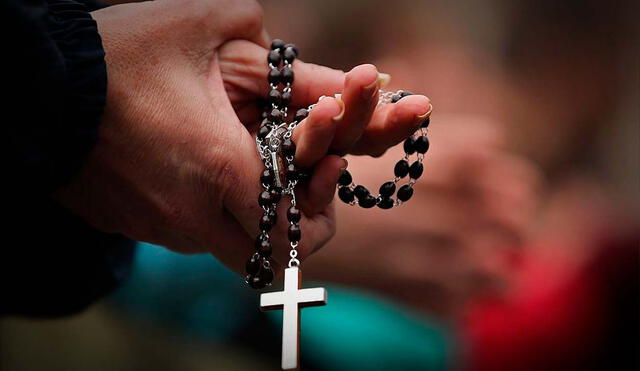Has the U.S. lost its faith? New poll reveals Christianity's decline in America, according to Pew Research
Pew Research's 2023-24 Religious Landscape Study reveals that while Christianity in the U.S. has been on the decline, the rate of this decrease has slowed, signaling a potential stabilization in the percentage of Americans identifying as Christians.

In recent years, the religious landscape of the United States has seen a notable shift, with fewer Americans identifying as Christians. However, according to Pew Research's 2023-24 Religious Landscape Study, the rate of decline in Christianity may be slowing down, signaling a potential stabilization.
While the percentage of Americans identifying as Christians has dropped significantly since 2007, the rate of decline has slowed in the last five years. This trend appears to be consistent across various religious denominations, and the study highlights key factors such as generational replacement and shifting political affiliations as major contributors to the change.
What do the results of Pew Research say about Christianity in America?
Pew Research shared results from its 2023-24 Religious Landscape Study in a report titled, "Decline of Christianity in the U.S. Has Slowed, May Have Leveled Off." The study surveyed 36,908 U.S. adults and marks the third survey of its kind in 17 years, with each involving over 35,000 participants.
The Pew report states, “After many years of steady decline, the share of Americans who identify as Christians shows signs of leveling off – at least temporarily – at slightly above six-in-ten.”
In the first Religious Landscape Study, conducted in 2007, 78% of U.S. adults identified as Christian. This dropped to 71% in 2014, and now stands at 62%, reflecting a 16-point decrease since 2007.
However, Pew notes that in the last five years, from 2019 to 2024, the Christian share of the population has remained stable, fluctuating between 60% and 64%. The 62% figure from the latest study falls within that range.
Further analysis in the report highlights that other statistics, such as "33% of Americans attending religious services at least once a month" and "the percentage of Americans who pray daily remaining consistent at 44%-46% since 2021," contribute to this emerging sense of stability.
What are the reasons of the decline of Christianity in America?
The report suggests several reasons for the overall decline in Christianity since 2007, pointing to “generational replacement” as a key factor. As older, more religious generations pass away, younger generations, who are less religious, make up a larger portion of the population. It was also noted that each birth cohort from 2007 to 2023-24 has become less religious as they’ve aged.
While younger generations are less religious than their predecessors, a stabilizing trend exists among people born between 2000 and 2006 (ages 18-24 in the 2023-24 study). This group is just as likely as those born in the 1990s (ages 24-34) to identify as Christians, find religion important, and attend religious services at least monthly.
Political affiliation also plays a role in religious identification. The study found that 37% of self-identified liberals currently identify as Christians, down from 62% in 2007—a 25-point drop. In contrast, 51% of liberals now say they have no religion, up from 27% in 2007. The number of “nones” now outpaces Christians among liberals, a significant shift since 2007.
A similar trend is seen among conservatives, though the shift is less pronounced. While there are fewer Christians and more "nones" among conservatives, the majority still identify with Christianity.
In conclusion, the report indicates that the decline of Christianity and the rise of religious "nones" has been far more significant among Democrats than Republicans.












